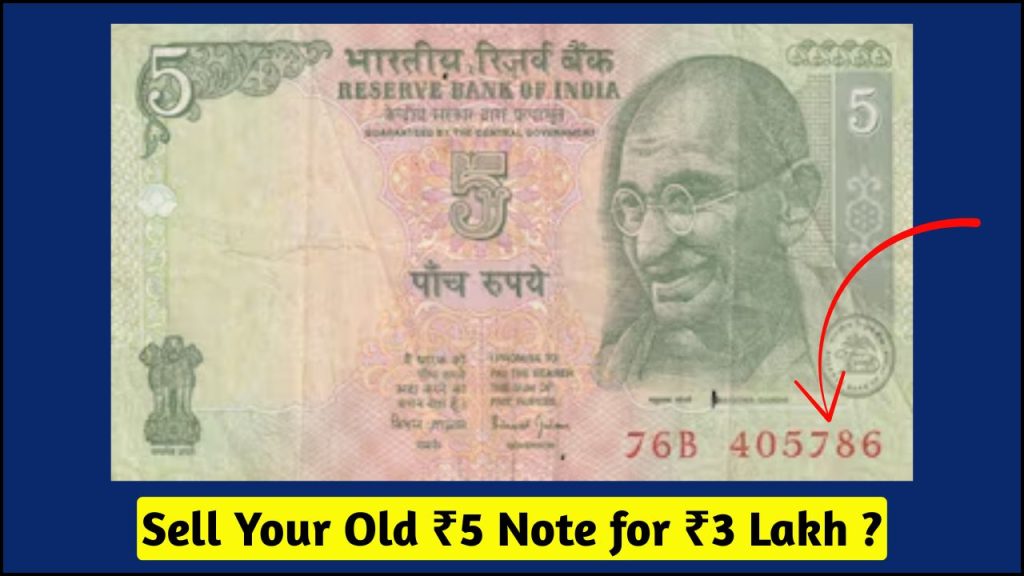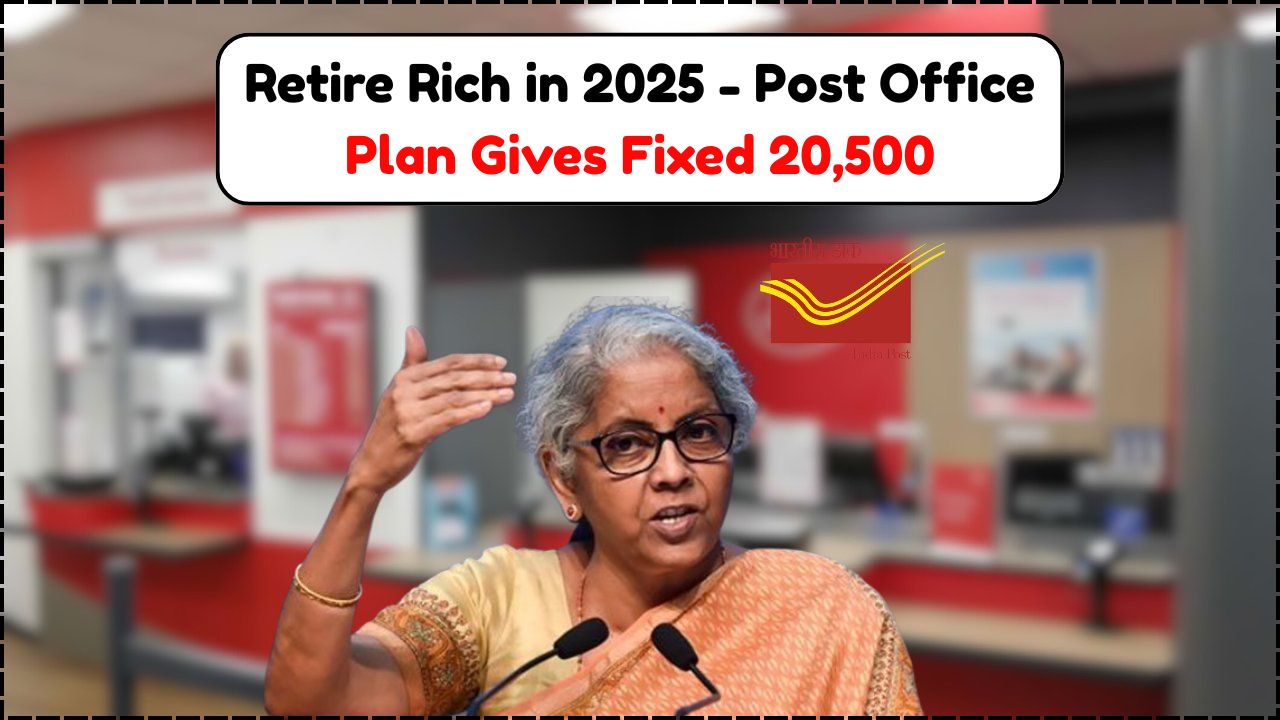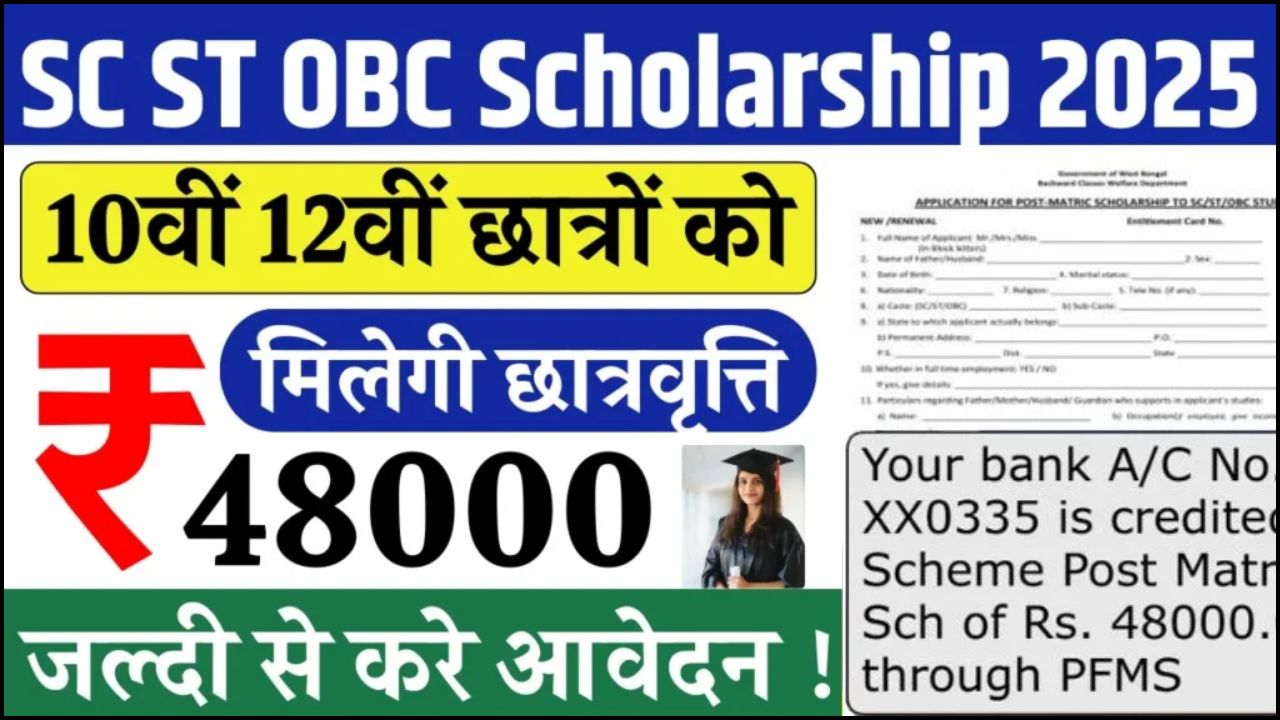
Have you ever wondered if that old ₹5 note tucked away in your drawer could be worth a fortune? You might be sitting on a goldmine without even knowing it. In recent months, certain old Indian ₹5 currency notes have been selling for astronomical amounts, some fetching up to ₹5 lakh online. This isn’t just hype; it’s a real phenomenon driven by passionate collectors and the cultural significance of specific serial numbers.
The secret lies in understanding what makes these seemingly ordinary notes extraordinary. Not every old ₹5 note will make you rich, but those with particular characteristics have become highly sought-after treasures in India’s growing numismatic market.
Table of Contents
What Makes Your ₹5 Note Valuable?
The value of old ₹5 notes isn’t random – it’s driven by very specific features that collectors prize. The most important factor is the presence of the number sequence “786” in the serial number. In Islamic culture, 786 represents the numerical value of “Bismillah-ir-Rahman-ir-Rahim” using traditional Abjad numerology, making these notes spiritually significant to millions of collectors.
But it’s not just about the numbers. The overall condition, printing era, and design elements all play crucial roles in determining value. Pre-2005 editions with clear Gandhi portraits and the iconic tractor-farmer design on the reverse side command premium prices.
Here’s what collectors look for:
| Feature | Requirement | Impact on Value |
|---|---|---|
| Serial Number | Must contain “786” sequence | Primary value driver |
| Gandhi Portrait | Clear, undamaged image | Essential for authentication |
| Reverse Design | Complete tractor & farmer imagery | Historical significance |
| Physical Condition | Uncirculated or near-mint | Determines final price tier |
| Paper Quality | Original government printing | Authenticity verification |
Understanding the Price Structure
The market for these notes follows a clear hierarchy based on condition and features. Perfect specimens with all desired characteristics can command extraordinary prices, while notes with only some features still hold significant value.
| Note Characteristics | Condition | Estimated Value | Market Demand |
|---|---|---|---|
| Perfect “786” + All Features | Uncirculated | ₹3,00,000 – ₹5,00,000 | Extremely High |
| “786” + Most Features | Near Mint | ₹2,00,000 – ₹3,00,000 | Very High |
| “786” + Some Features | Good Condition | ₹75,000 – ₹2,00,000 | High |
| Partial Features Only | Fair Condition | ₹10,000 – ₹75,000 | Moderate |
What’s particularly interesting is that sequential sets or complementary collections can achieve even higher values, sometimes exceeding ₹12 lakh for rare combinations.
Where to Sell Your Valuable Notes
Choosing the right platform can make or break your selling experience. Each option has its advantages and drawbacks:
Quikr works best for direct local sales with free listings and good regional reach. eBay India offers auction-style selling with broader exposure but charges 5-10% commission. OLX provides quick local transactions, while Facebook Marketplace leverages social networks without fees.
For serious collectors, specialized numismatic websites and WhatsApp/Telegram groups offer access to knowledgeable buyers who understand the true value of rare notes.
The Step-by-Step Selling Process
Success in selling valuable currency requires a systematic approach. Start by authenticating your note and researching current market prices. Professional photography is crucial – clear, high-resolution images from multiple angles can significantly impact your selling price.
Create compelling listings that lead with the “786” serial number prominently displayed. Include detailed descriptions of all features, honest condition assessments, and historical context about the note’s significance.
When it comes to marketing, patience pays off. Share your listings in collector groups, numismatic communities, and social media channels. The right buyer might take time to find, but premium sales often require extended marketing periods.
Safety and Security Protocols
High-value transactions attract both legitimate collectors and potential fraudsters. Always use verified payment methods like bank transfers or verified UPI payments. For in-person meetings, choose secure public locations like bank premises or police stations.
Watch out for red flags: buyers pressuring for immediate shipping before payment, unusual payment methods, or requests for excessive personal information. Maintain detailed records of all communications and use insured shipping services for valuable items.
Authentication and Professional Presentation
Before listing your note, gather comprehensive documentation. Take measurements, assess paper quality, and compare your notes with verified authentic examples. Create a condition report that honestly describes any damage or wear.
Professional presentation includes multiple high-resolution photographs with natural lighting, close-up shots of serial numbers and design elements, and comparison images showing size and scale. Timestamp your photos for verification purposes.
Market Trends and Success Stories
The Indian currency collecting market has grown significantly, partly due to social media success stories and increased awareness of cultural significance. Recent trends show growing interest during cultural events and festivals when spiritual significance becomes more prominent.
Successful sellers often share common strategies: competitive pricing based on thorough market research, professional presentation with quality photography, and building relationships within collector communities. Most importantly, they maintain an honest representation of their notes’ characteristics.
Maximizing Your Success Potential
Not every old ₹5 note will make you wealthy, but understanding what collectors value can help you identify potentially valuable pieces in your collection. The key is recognizing that this market relies heavily on authenticity, condition, and cultural significance.
Remember that patience often pays off in the rare currency market. While some sales happen quickly, premium prices typically require time to find the right collector who appreciates the note’s full value.
The transformation of ordinary currency into valuable collectibles represents a unique opportunity where historical artifacts become modern investments. Through careful identification, strategic marketing, and secure practices, you might just turn forgotten pocket change into life-changing income.
Mostly Asked Questions
Q: Do all old ₹5 notes have value?
A: No, only notes with specific features like “786” serial numbers and good condition command premium prices.
Q: How can I verify if my note is authentic?
A: Check paper quality, printing characteristics, and compare with verified examples from reliable numismatic sources.
Q: What’s the safest way to receive payment?
A: Use verified bank transfers, UPI payments, or cash transactions in secure public locations like banks.
Q: How long does it typically take to sell a valuable note?
A: Premium sales can take weeks to months as you need to find the right collector willing to pay top prices.











Hi
I am Ravi from Bangalore india
i have 100 rupees note lost three degitd 786.
Hi ! I have a 5 rupees note, with last 3 digits 786. Let me know if any one is interested.
Thank you